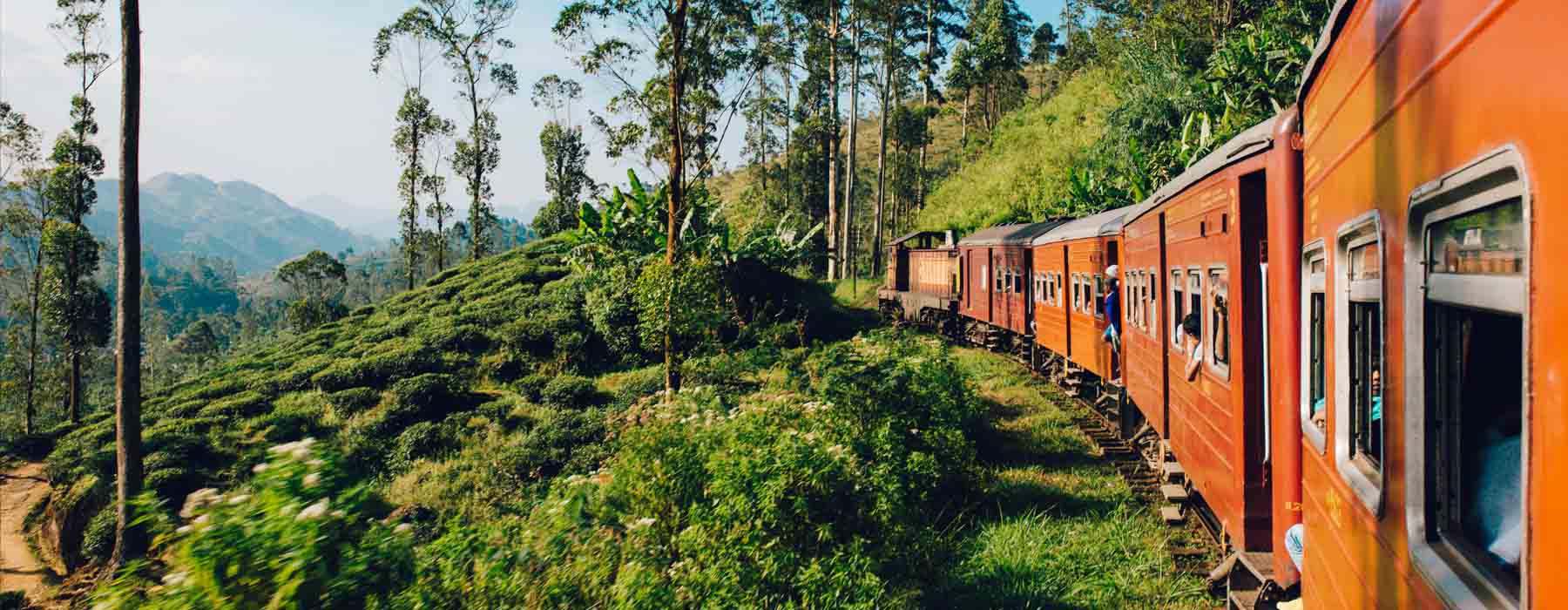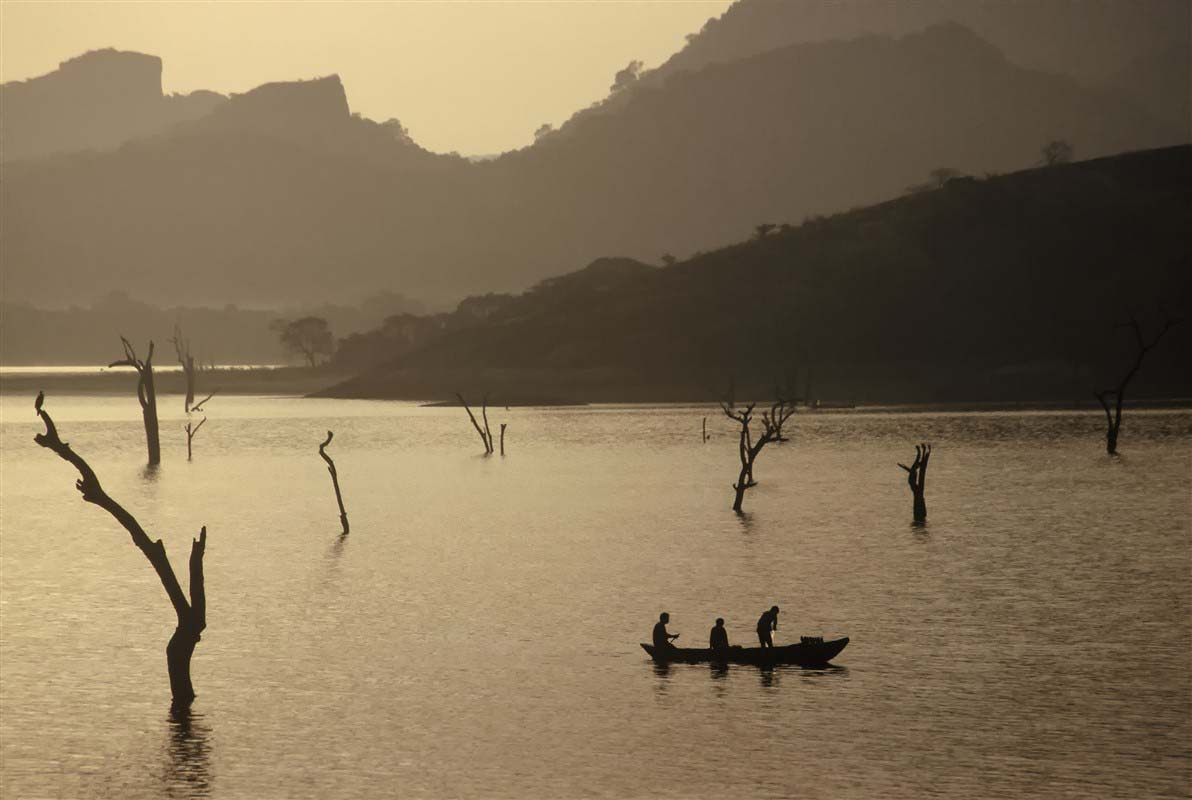January
February
March
April
May
June
July
August
September
October
November
December
Sri Lanka is an island in South Asia, south-east of India. The island of Sri Lanka, in the Indian Ocean, has a wide range of landscapes and diverse climates. The good news is that the weather is pleasant on one side of Sri Lanka or the other, no matter what time of year you decide to visit. So the best time to visit Sri Lanka is... all the time! But there are, nevertheless, a few things to bear in mind. Along the coast and on the plains, the heat is constant throughout the day and night. However, in the mountains the climate is more temperate. Sri Lanka's most unusual climactic feature is that it has two monsoons, at two different times of the year and in two different regions. The first, called the south-western monsoon, takes places in the south-west and lasts from May to the end of August. It mainly affects the west coast and the south of the country. The second monsoon, called the north-eastern monsoon, lasts from October to the end of January on the north-east coast. The north-eastern monsoon does not always occur, and some years it is totally absent. Overall, the best time to visit Sri Lanka should be from January to April, in order to avoid bad weather and enjoy the most sunshine.
Sri Lanka climate overview
Overall, theisland of Sri Lanka has a tropical climate. With its two monsoon seasons occurring at different times and in different regions, visitors can always enjoy good weather, on one side of the country or the other. The best time to visit the north-east is between the months of May and September. As for the western, southern, and mountain regions, it is generally best to visit from December to March. Average temperatures are 27° overall both on land and in the water. The climate is therefore warm throughout the country but pleasantly cooled by the ocean breeze when you are on the coast. Sri Lanka's northern and eastern regions are the driest. Conversely, the humidity levels are higher in the southwestern highlands and on the central and southern mountain slopes. It should be noted that there can be thunderstorms, which are more frequent during the months of October and November.
The west coast of Sri Lanka
Temperatures are pleasant along the coast of Sri Lanka, with a maximum temperature between 28 and 32°C and a minimum between 22 and 26°C. March and June are the warmest months, while November and January are the coolest. When visiting Sri Lanka's western and southern regions, we recommend the period from December to March, where the lower temperatures make these months ideal for travel. Between May and October, the west coast is wetter than other regions. This is due to south-westerly winds bringing moisture from the Indian Ocean. It's worth bearing in mind that in Colombo, the coastal capital of Sri Lanka, the average annual humidity level is 70%, and close to 90% in June (during the monsoon season). During the south-western monsoon, note that mornings are often very sunny, with thunderstorms appearing in the afternoon.
The Highlands and mountains
Unlike other parts of Sri Lanka, the Highlands can experience lower temperatures due to their elevation. For example, in Nuwara Eliya, which sits at an altitude of 6,100ft, the maximum temperature is 18°C in July, and 23°C in April, which is the highest for this area. Between January and June, temperatures can drop to just a little over 10°C. However, there is a striking difference in climate depending on whether travellers are on the east or western slopes of the mountains. Between May and October, for example, the western slopes experience more rainfall than the eastern slopes as they are not subject to south-westerly winds. Between December and March, northern Sri Lanka is subject to the north-eastern monsoon winds carried by the humidity of the Bay of Bengal. Therefore, the area can experience up to five inches of rainfall in a single month.
The east coast of Sri Lanka
The best time to visit Sri Lanka's east coast is between May and September. It's always more enjoyable to travel during the dry season when there is less risk of getting caught in a downpour. Due to being protected by the high plateaus, the coast is very sunny and home to towns and villages to explore. As for the north-eastern monsoon, this has been noticeably absent in recent years.



